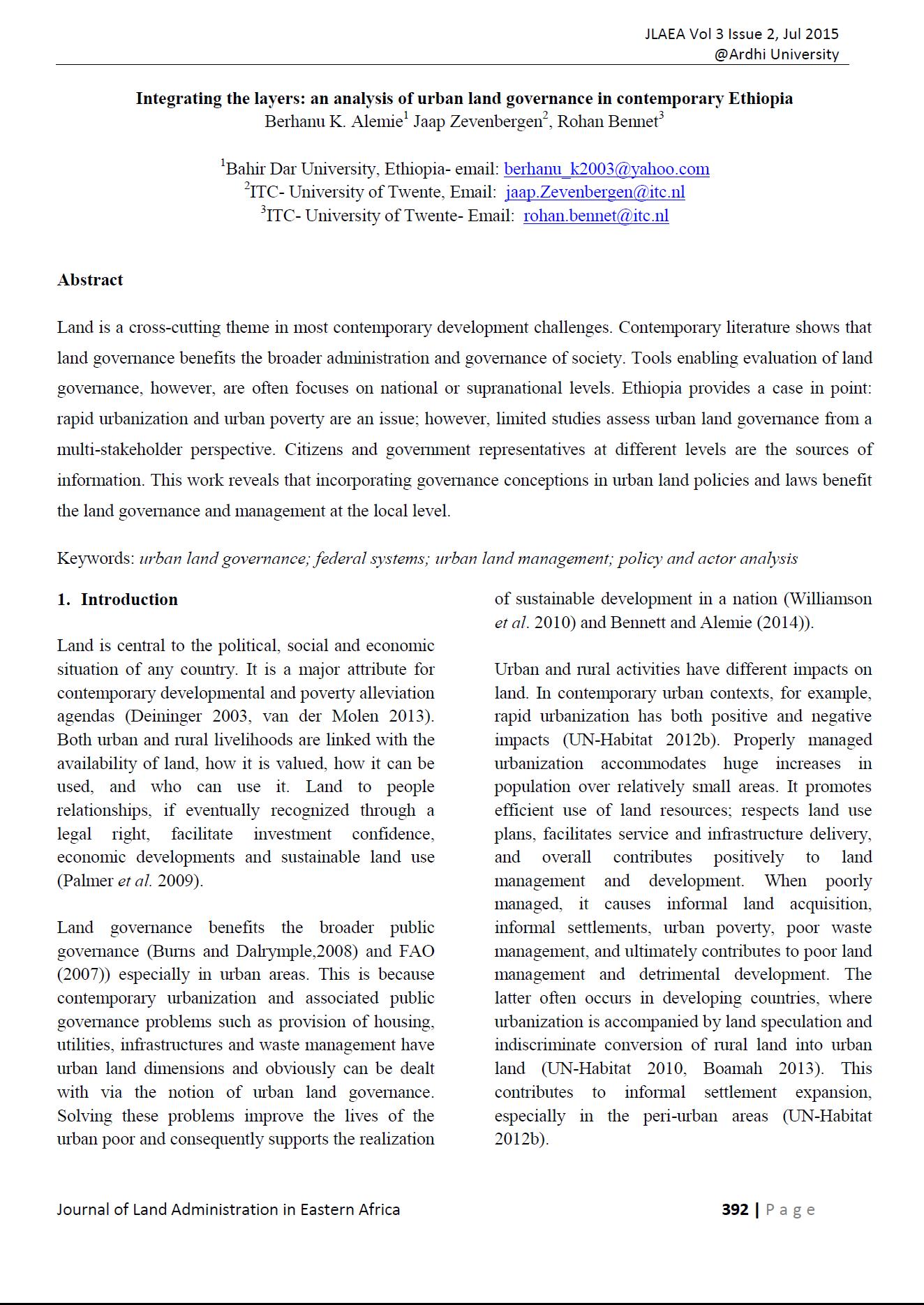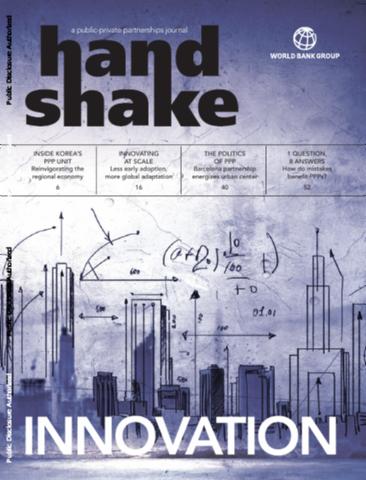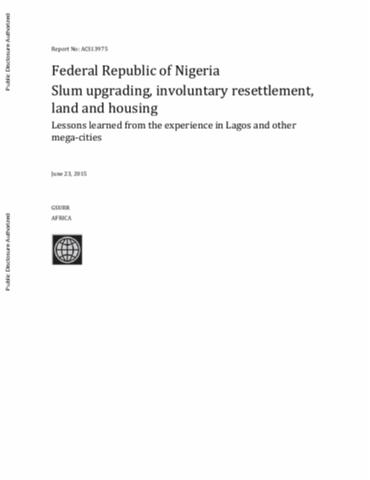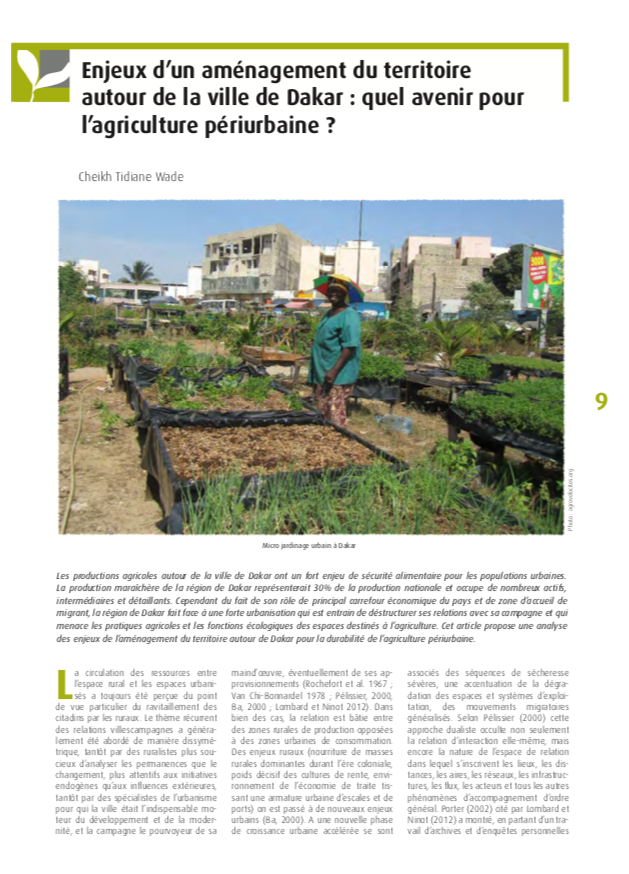Human appropriation of net primary production (HANPP) quantifies alteration of the biosphere caused by land use change and biomass harvest. In global and regional scale assessments, the majority of HANPP is associated with agricultural biomass harvest. We adapted these methods to the watershed scale and calculated land cover change and HANPP in an agricultural watershed in 1968 and 2011. Between 1968 and 2011, forest cover remained near 50% of the watershed, but row crop decreased from 26% to 0.4%, pasture increased from 19% to 32%, and residential area increased from 2% to 10%.








